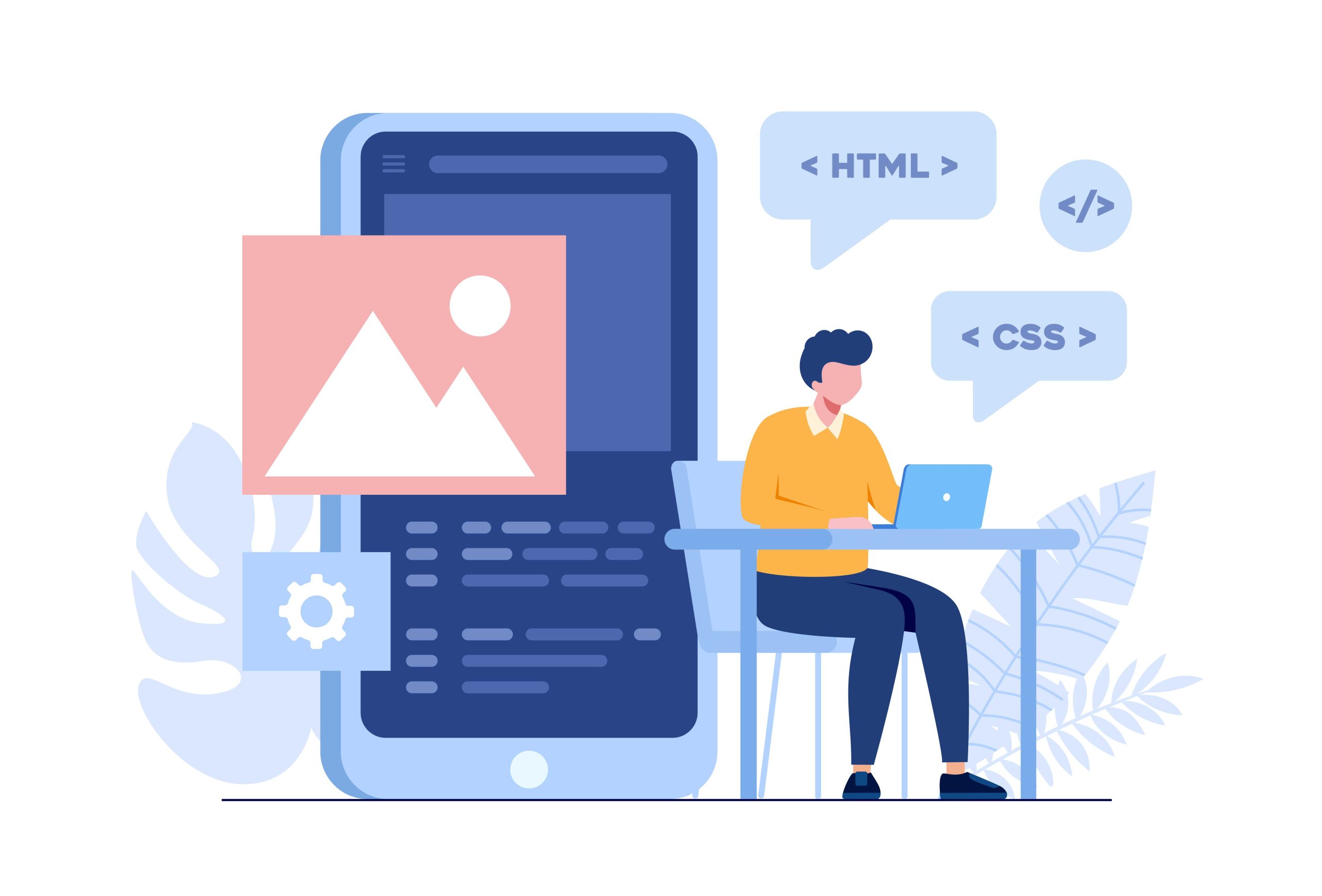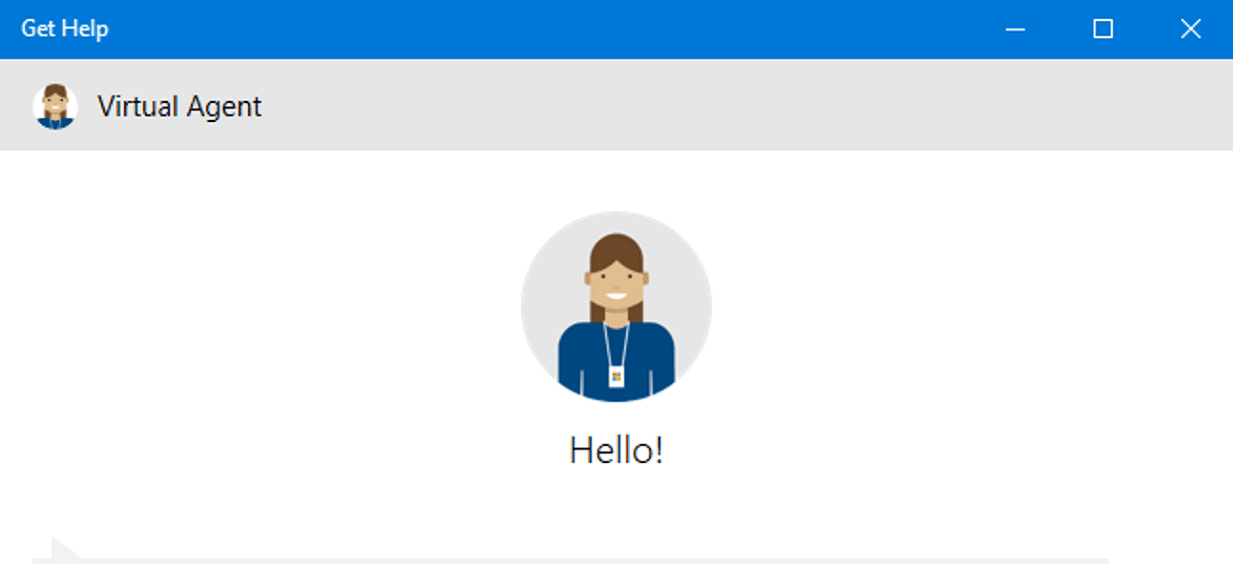CSS (Cascading Style Sheets) is a web-specific language used for the presentation of documents written in markup languages such as HTML or XML. It determines how content appears on a webpage and includes rules for size, color, font and layout of content.
By decoupling design from information, this framework makes it simpler for website designers to update the aesthetic without altering content, while simultaneously creating sites compatible with multiple browsers and devices.
It’s a markup language
CSS (Cascading Style Sheets) is a markup language designed to style elements on web pages. By decoupling website design from its content, designers can make changes without altering HTML code – making website maintenance and updates simpler than ever!
CSS allows developers to control the appearance of elements on a web page, such as color, fonts and layout. CSS can also be used to define different styles for various media; for instance specifying specific colors for print versus screen viewing is one use case of this technology that is crucial in websites designed for multiple devices such as mobile phones.
Without CSS, web pages would appear stark and dull, with font and colors that don’t make sense, text being centered, etc. This is because HTML doesn’t include styling instructions to aid the web page’s appearance; CSS was developed by the World Wide Web Consortium to solve this issue.
In the past, all formatting attributes had to be included within HTML markup code – for instance describing font colors and sizes, background patterns and element alignments all within this single document. Now however, CSS allows web developers to place this data into separate files making HTML documents much cleaner.
CSS not only allows content creators and site administrators to separate display from content creation, but it can also be used for setting element sizes such as text, tables and lists; adding borders and margins; even animating web pages! CSS is an invaluable resource for designing both beautiful and functional websites.
Web designers must grasp the fundamentals of CSS in order to use it effectively. While learning can be straightforward, mastery takes more time due to all its properties, property values and selector types; therefore it is essential that they become acquainted with all this material prior to moving onto more advanced topics like cascade and inheritance.
It’s a style sheet
CSS (Cascading Style Sheets) is a set of rules which determine how content in a markup language such as HTML should be displayed, including layout, text color, font and size of other elements on a webpage, inheritance of styles between elements based on relationships between them and inheritance between elements in different ways based on relationships among them – an indispensable tool that gives web designers the power to personalize websites to suit both their preferences and those of their visitors.
Website success doesn’t depend solely on its content – it must also be easy for readers to consume and visually pleasing, too. Visitors quickly lose interest in websites which are difficult to use and poorly designed; CSS offers numerous solutions that make websites more user-friendly while remaining visually pleasing.
CSS documents consist of three parts: properties, selectors and values. Properties represent characteristics of an element being styled; selectors identify this element with a tag that uniquely identifies it; values are specific settings or rules applied to this element – some can be universal, such as setting background color of HTML element or increasing text size in paragraph.
There are various selectors, with the class selector being one of the most widely used ones. A class selector allows users to style all instances of an HTML element at once while another type, the id selector, can target individual HTML elements. There are also pseudo-classes which add keywords that specify special states of an element such as when someone hovers their mouse pointer over it – for instance adding pseudo-class a:hover will cause its color to switch from red to blue when that element is moused over by hover.
Once HTML content and CSS styling have been combined, browsers convert them into a Document Object Model (DOM). A DOM is a tree-like structure containing information about documents and their elements; once created it allows browsers to display web pages. Styles may either be embedded directly in an HTML document or saved externally as external style sheets with an extension such as.css
It’s a language
CSS (Cascading Style Sheets) is a stylesheet language designed to describe the appearance of web documents written in other languages, like HTML. CSS allows designers more freedom in designing web pages while simplifying maintenance as changes to one aspect can be applied across all pages at once.
CSS uses an English-based syntax and rules that govern its implementation, making it extremely versatile for use on websites. You can use it to alter any element’s style – for instance changing font size, color and other attributes like bolding text sections or paragraphs.
CSS was initially developed as an additional language separate from HTML to give more control over the look and feel of websites. Designers could use it to specify style rules for individual HTML elements before applying those rules across an entire file of content. Furthermore, it could even be used to define special states – for instance h1>color: blue;
CSS also boasts another significant benefit in that it allows web designers to build responsive websites using flexible layouts and images for multiple devices with different screen sizes – an essential function as most people now access the internet via smartphones and tablets.
CSS can not only make websites more responsive, but can also be used to increase performance by decreasing server requests for data retrieval and resource consumption. This can be accomplished by creating a minified version of the CSS file or using CSS loader.
Learning CSS is essential to any web designer or developer wishing to build websites, from front end developers to full stack and back end specialists. Many online courses exist that teach this language; such as CareerFoundry’s free 5-day coding course.
It’s a tool
CSS (Cascading Style Sheets) is a language for styling web documents, commonly used alongside Hypertext Markup Language (HTML). HTML specifies document structure while CSS handles its appearance – providing more flexibility and control over how websites appear to users.
At the core of CSS lies its syntax. This consists of three elements: properties, selectors and values. Properties refer to attributes or behaviors while selectors identify which element should apply the rule to. Values represent numbers or strings of characters which determines its value – these may be expressed using units such as pixels (pc), em (equivalent of font size in pixels), centimeters or points which can all be expressed using units like pixels for printed material.
CSS allows you to define web page styles while also controlling how they’re displayed across browsers and devices, making it especially helpful in designing for multiple devices and users. Furthermore, as it’s constantly being upgraded by the World Wide Web Consortium, ensuring compatibility of your site with modern browsers and mobile devices is guaranteed.
CSS makes creating attractive, dynamic web pages easier, while making HTML much more readable by decoupling its presentation from its structure. Coding with CSS also speeds up significantly; all that is necessary to use it effectively is writing one ruleet per tag type that applies across the document.
CSS may not support all Internet Explorer versions; therefore, it’s essential that your site be tested using different browsers before going live. Furthermore, new developers may find it challenging to grasp as it involves many properties, property values, and selectors they must remember; which can become daunting quickly!

